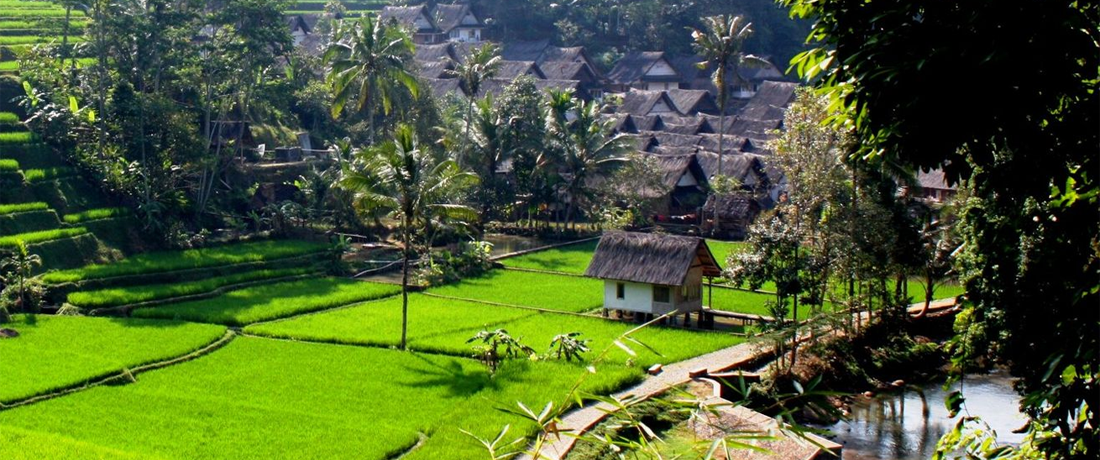
01 Jul Rural Java revisited (blog by Henk Schulte Nordholt)
At the 6th Southeast Asia Update that was held on June 20the in Amsterdam, Wietse Woensdregt, a young MA student from the University of Amsterdam, gave an interesting presentation about his recent fieldwork in the Ciomal area in north-central Java. The choice to do research in rural Java is, in itself, remarkable because anthropology had already abandoned the Javanese countryside several decades ago.
Back in the 1970s, research on agrarian developments in Java was the thing to do and Geertz’s Agricultual Involution was on everybody’s desk. Historians discovered new insights about the Cultivation System in the 19th century while anthropologists and rural sociologists traced the impact of the ‘Green Revolution’ in contemporary Java. The results of all these activities filled whole libraries and created new personal archives stuffed with field notes, reports, slides and photos.
But around 1984, when the ‘Green Revolution’ was over, Indonesia had become self-sufficient, and people started to migrate into cities, researchers abandoned rural Java as well. Anthropologists settled themselves in urban environments where they focused on new trendy topics like middle class lifestyles, new media, popular culture, new religious movements, etc.
Meanwhile enormous transformations took place in rural Java. Massive labor migration caused ‘demographic earthquakes’ in rural areas, and the emergence of large-scale commercial food production tended to put an end to small-scale agriculture while the figure of the peasant has left the scene. These are only vague contours of fundamental – but by and large undocumented – transitions that are still underway.
Suppose we use the rich documentation of the 1970s as a point of departure to trace historical developments while it is not yet too late? It’s time to leave the city for a while, revisit rural Java and to discover how unfamiliar it looks. Big commercial landowners dominate the country side while migrant remittances have facilitated the building of large houses and transformed old villages into new suburbanized places. In the Ciomal area a team from Kyoto University provides an exemplary model of tracing long-term developments. Wietse Woensdregt worked there as well. What about other places in Java? What the hell is happening there?




No Comments